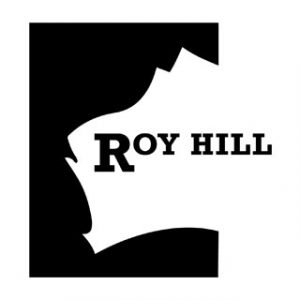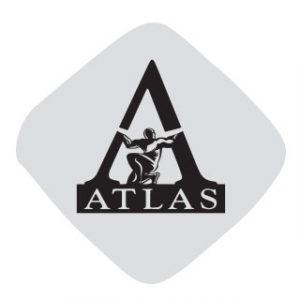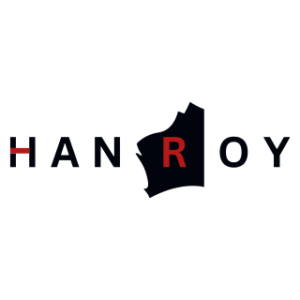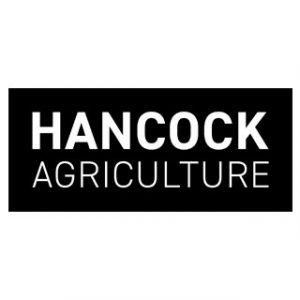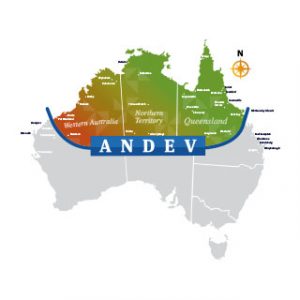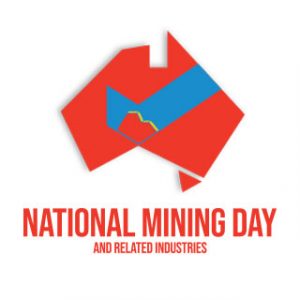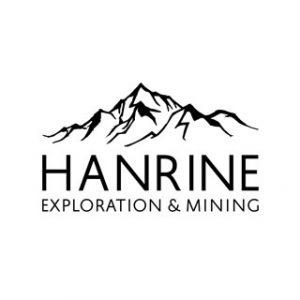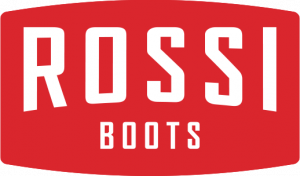
Article by Hannah Wootton, courtesy of Australian Financial Review.
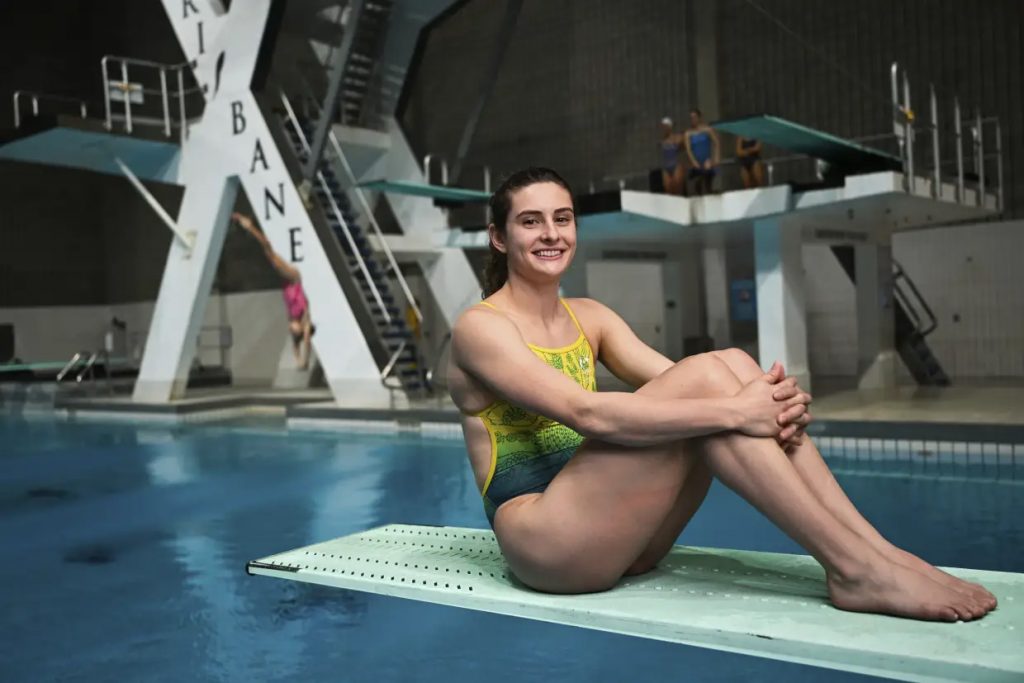
Competing in one of the first events of the Olympics and one of the last, Australian diver Maddison Keeney’s Paris campaign has been more work than play.
But while other athletes have clocked off and are getting to enjoy the sites – or lavish river cruises funded by Gina Rinehart – the Games have still been more easy-going for Keeney than her typical workday.
When she heads into work as a systems engineer in BHP’s Brisbane office by 9am each day, she has already clocked a couple of hours in the pool or at the gym. By 2.30pm she is back in the water or at the gym until 5pm.
“I love diving, but I want to be challenged and stimulated [intellectually] as well,” the 28-year-old says. “If I look at it objectively, it’s quite a lot. But I’m always switched on, and the momentum keeps me going.”
That momentum has carried her to Paris, where Keeney will compete in the three-metre springboard preliminary round on Wednesday night (AEST).
It’s a second chance at a medal for Keeney, after the synchronised diving event ended in heartbreak for her and Anabelle Smith. The pair was on track to defend their 2016 bronze (which would have also been Australia’s first medal of the Games) when Smith landed on the edge of the board in their final dive, spinning out of shape.
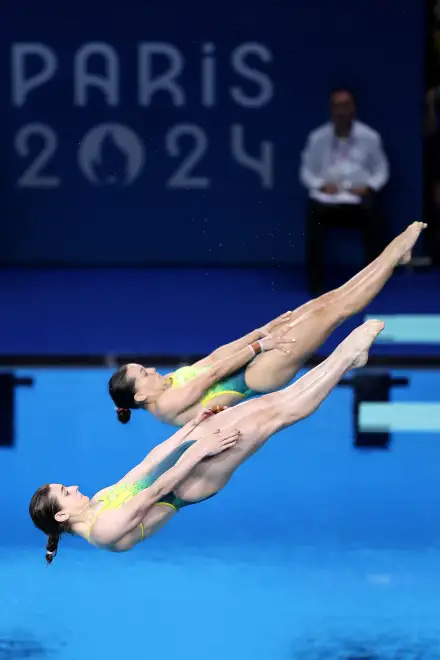
Keeney is not the only Aussie athlete with a day job. Water polo players Nathan Power and Blake Edwards moonlight as an auditor and mortgage broker respectively, beach volleyball star Mariafe Artacho del Solar has a fashion label and swimmer Zac Stubblety-Cook runs a coffee company.
A survey of 2300 athletes by the Australian Sports Foundation last year found 46 per cent earn less than $23,000 per year and while sponsorship deals can help, these often dry up in non-Olympic years.
Keeney is blunt about the financial motivation for balancing work and competing – “I need money, diving isn’t the richest sport in the world” – but she reckons she would want a second job regardless.
“It’s really important to me. I know my diving won’t last forever and I don’t want to be starting from step zero [then], I want a career developed alongside that,” she says.
“I also need to have my foot on the gas at all times – if I stopped and chilled at home, I’d never get going again.”
She studied physics and computational science at university. A self-described “big space fan”, she had hoped to work in astronomy or physics after her undergraduate degree, but balancing diving training with full-time study stymied her appetite for a research degree.
Her job title at BHP is a mouthful – she’s a fleet management technician for mining systems – but it essentially lets her use the physics part of her brain by providing technical and operational support to mines.
She loves the intellectual challenge and stimulation, but most importantly, having a job and team she is invested in plays into a bigger goal of balancing diving with her broader life.
Turning point
She learned the importance of this the hard way. Keeney missed the Tokyo 2020 (ultimately 2021) Olympics because of injury. She had pushed past shoulder and knee pain to be fit for the original start date, but the delay forced by COVID-19 meant she had to get surgery instead of competing.
While she was “devastated” by the news – she cried while watching the diving from her living room – she says it was also “a huge relief” to be forced to take a break after a long spell of not enjoying training.
“I’d put so much pressure on myself to get there, but when that was finally over I could take a step back, take a big breath and focus on getting my injuries better,” she says.
“When I was younger I was very black and white on performing and success and that made me who I am today – but [before Tokyo] I was just miserable, it wasn’t sustainable.”
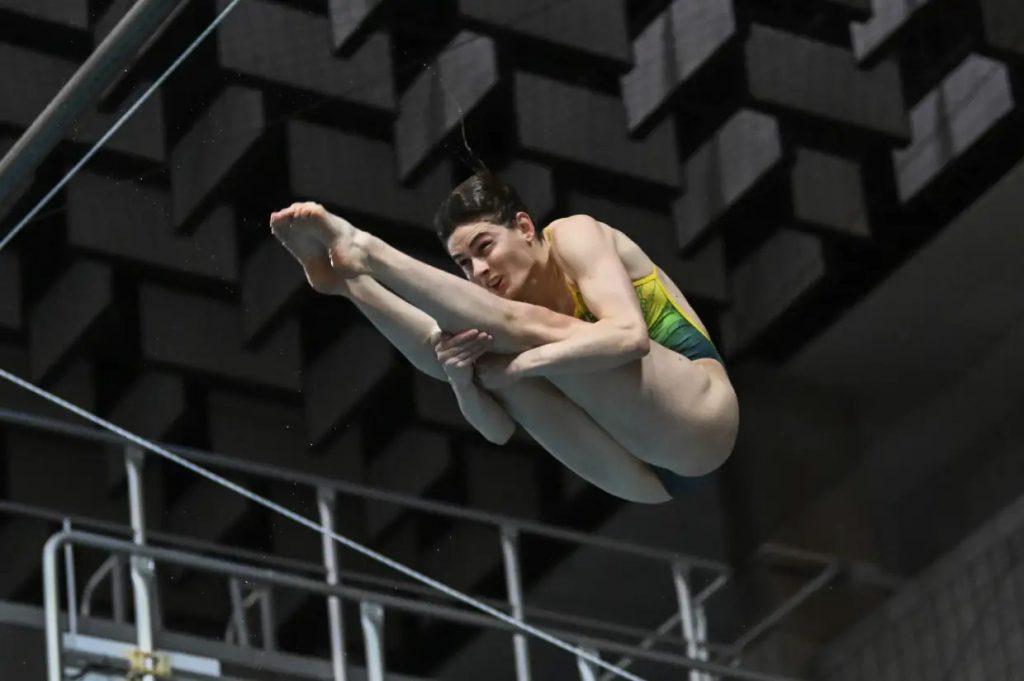
It took work – family, pets and a sports psychologist helped her get there – but she says it was a much-needed turning point. “Now I’m enjoying diving again, but I don’t lose sight of what’s allowed me to get there.”
This mindset was evident after her and Smith’s synchronised diving loss.
“I’m just really happy with the way we ended up,” Keeney said afterwards. “For us, the journey has been amazing. We’ve had fun training. I think it’s how we got there.”
She hopes to compete in Los Angeles for the 2028 Olympics. But after that, her friends are under strict orders to remind her of this perspective.
“I’ll be 32 in LA – that’s old enough,” she says. “I feel like I can’t start my life yet, not even just in terms of a family, but in terms of leading a regular life and having my full-time job without training too.
“But I know myself, I’ll get to LA and say, ‘It’s just four more years.’ But I’ve told my mates: ‘If I’m still there, stop me.’ ”

